Editor’s note: ESA mission Director Kris Capelle sent in this report earlier this evening to provide details on yesterday’s successful proximity link telecommanding direct to ATV-3 in orbit via ESA’s ESTRACK ground station network. The successful test of this important back-up communication link is proof of the versatility and expertise of ESA’s ground station teams and technology, the ESA/CNES teams at ATV-CC and our marvellous ATV vessel.
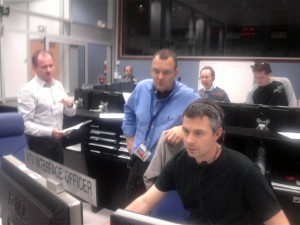
ATV Mission Director Kris Capelle (standing, blue shirt) during last year's ground test of the ATV back-up link. Now it works in orbit, too.
The proximity link test last night with our ESTRACK ground stations was a big success.
For the first time, we received telemetry and sent commands from several of our ESA ground stations (Maspalomas, Villafranca and Redu) to/from ATV in orbit.
With this test, we demonstrated that we have an additional operational possibility for communication with ATV in case of emergency or loss of the prime telecommanding channels.
It was not easy, though, to perform this test. Yes, the teams were very excited, but we had to be very concentrated to perform the job successfully.
First off, making this link ready to work was the result of a long project first begun after ATV-1, in which the ATV’s on-board software had to be updated and then validated.
Then, our control centre here in Toulouse had to be configured to communicate with ESA’s ESTRACK stations. In addition, dedicated equipment had to be installed in the stations and these units had to be configured and controlled from ESOC, the European Space Operations Centre, in Darmstadt, Germany.
Once ready for the in-flight test, the excitement started!
Here at ATV-CC in Toulouse, we had to connect sequentially to three separate ground stations within 15 minutes; from an engineering standpoint, this means: configure the ground stations, reconfigure ATV, receive telemetry via the proximity link, start the uplink of commands, get a lock on the vessel and then send the commands. And this had to be repeated utterly correctly three times in a row!
For ATV free-flight operations, our usual — i.e. ‘nominal’ — communication link is provided via NASA’s Tracking and Data Relay Satellite System (TDRSS). These are a fleet of geo satellites and provide excellent ‘visibility’ of both the ATV (or ISS) and the ground. With this link, we have 24 hrs/day coverage (if requested) and every pass is almost 30 minutes long.
In contrast, using our own terrestrial ESA stations to enable the back-up proximity link means that the ground station is only in view of the ATV/ISS during certain short ‘windows’, or passes. This means we only have a few periods of 5 to 12 minutes during which communications can take place every 24 hours!
Yesterday’s test, however, demonstrated that this is enough to establish communications direct to ATV in case of loss of the prime link and to ensure, for example, a safe undocking and re-entry if such were required.
One final note: The cooperation between ESA control centres — ESOC in Darmstadt and ATV-CC in Toulouse — was excellent!
I would like to thank everyone who made this possible.
Best regards,
— Kris Capelle
ATV Mission Director
Editor’s Note: ESA’s Jean-Michel Bois reported earlier this evening (13 April) that a second test of the back-up proximity link system also went fine!

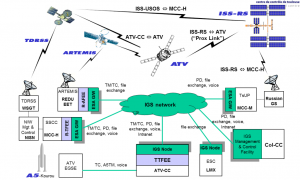


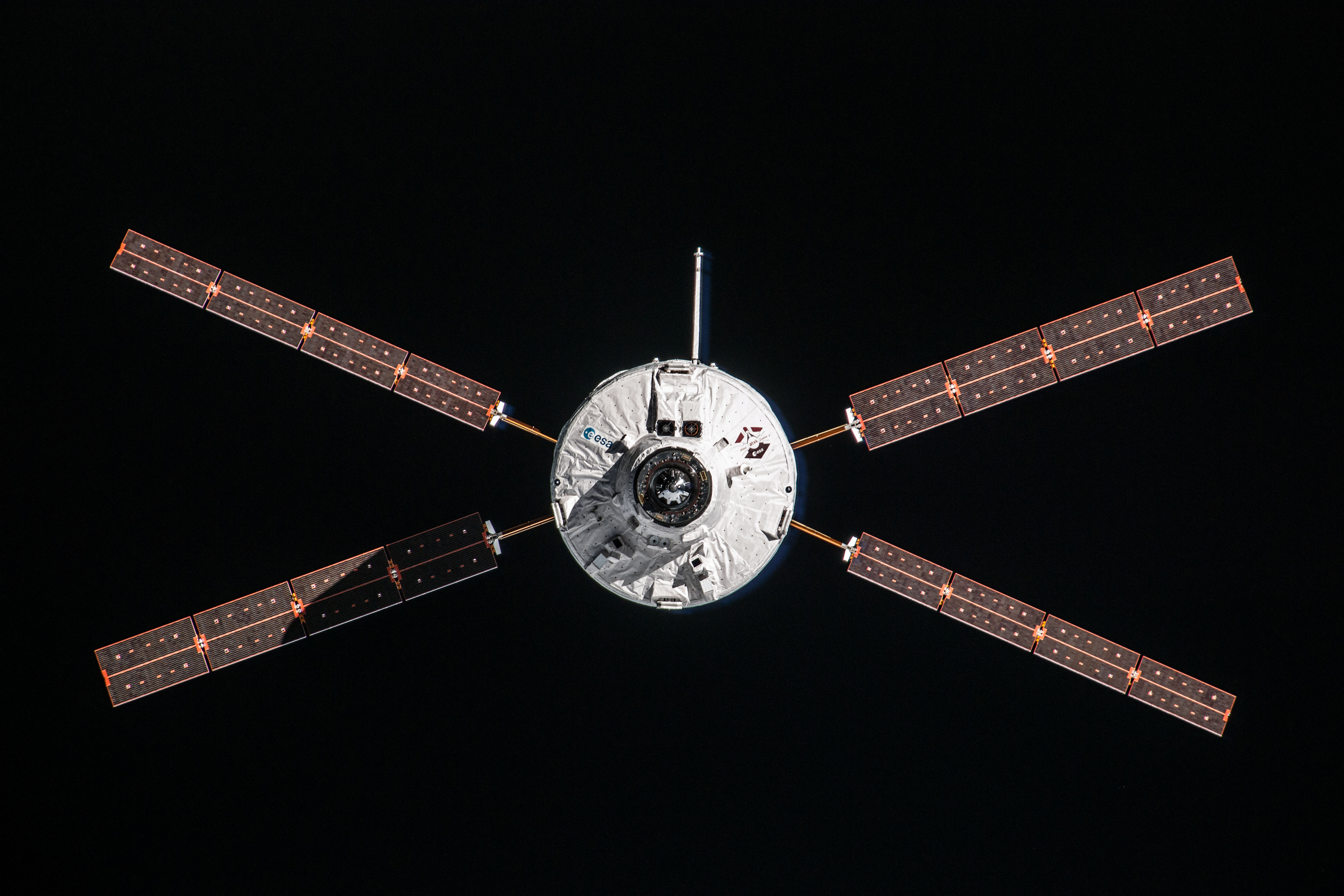 Automated Transfer Vehicle page
Automated Transfer Vehicle page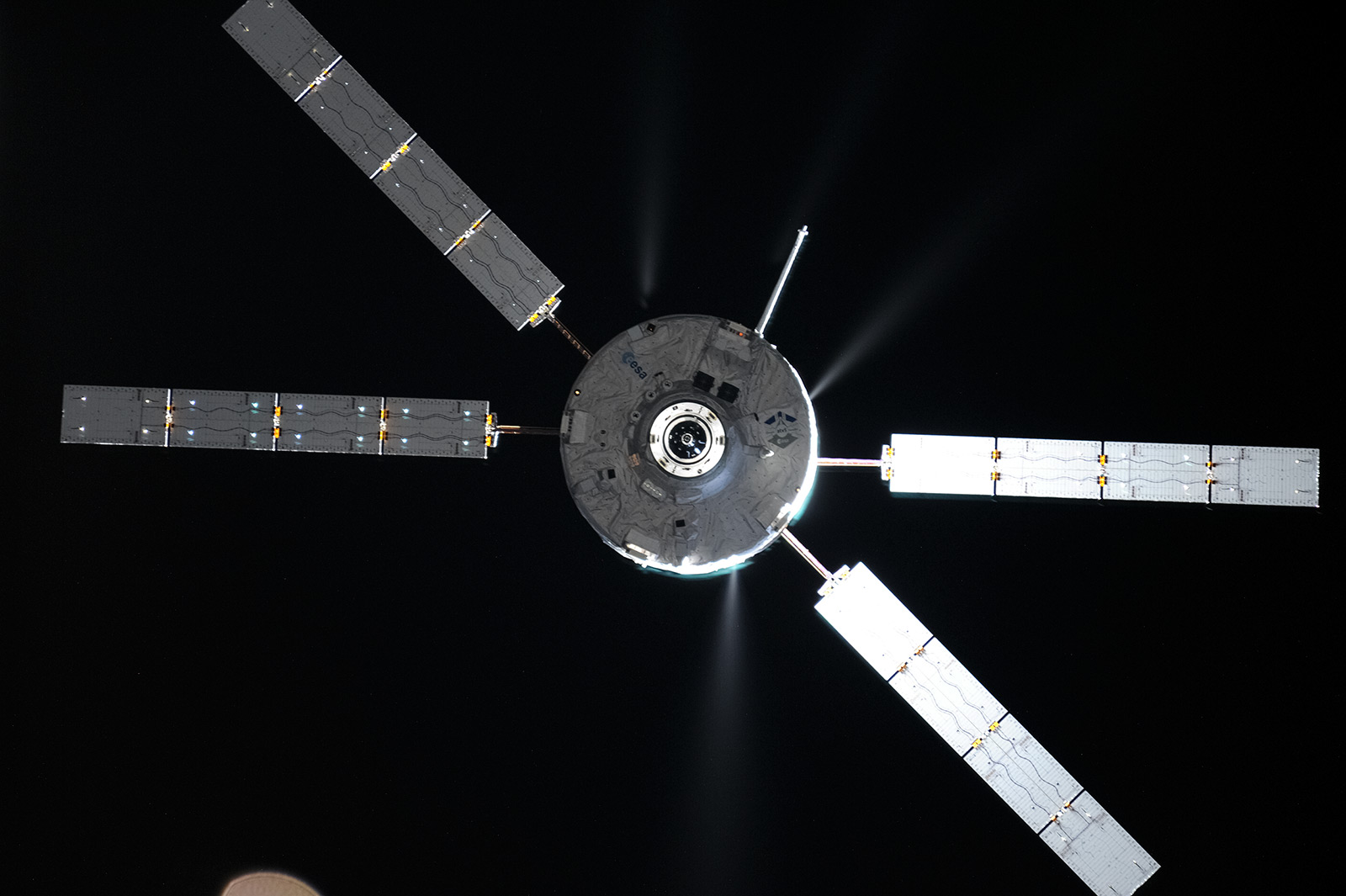 ATV blog archive
ATV blog archive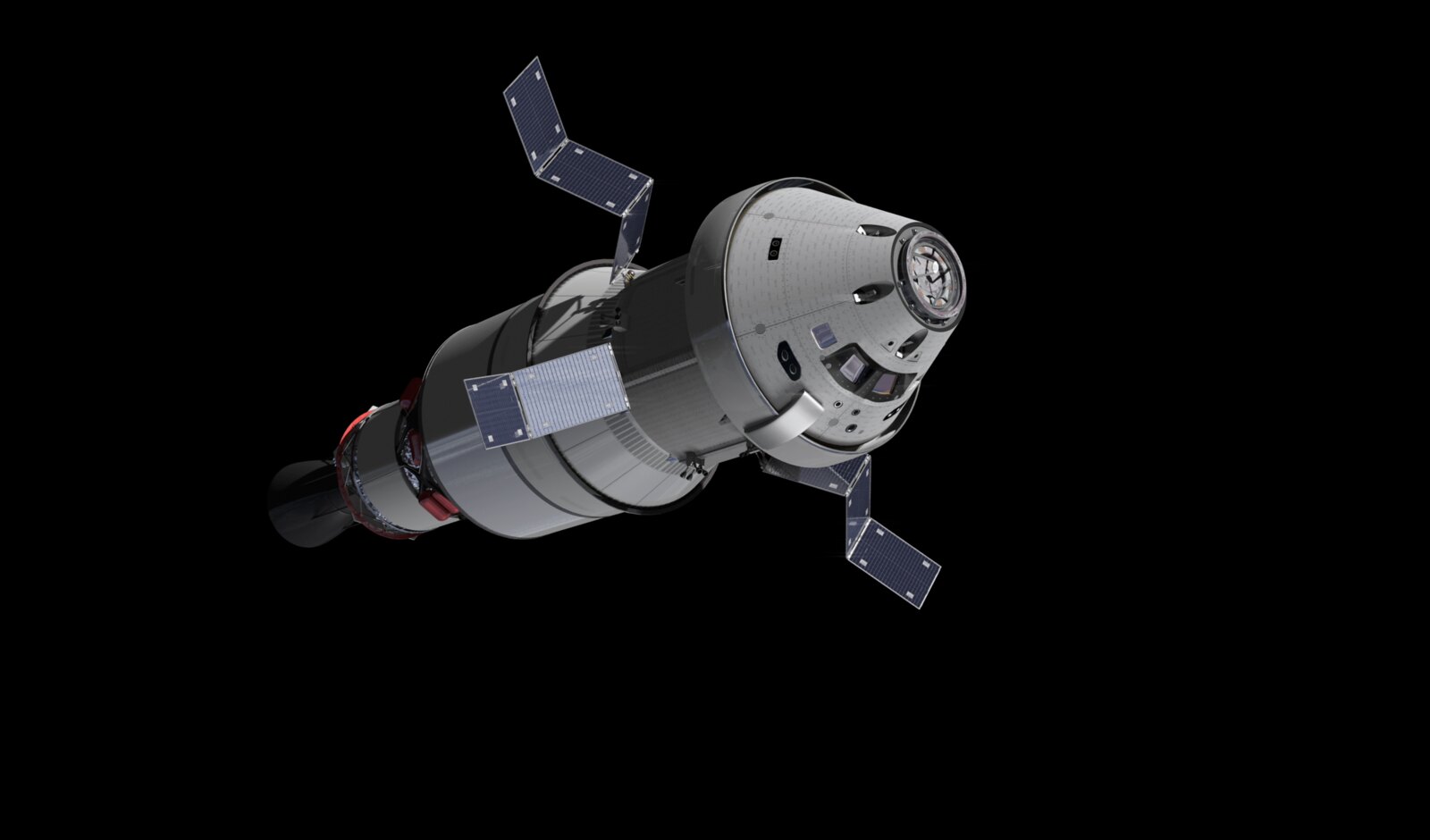
Discussion: no comments